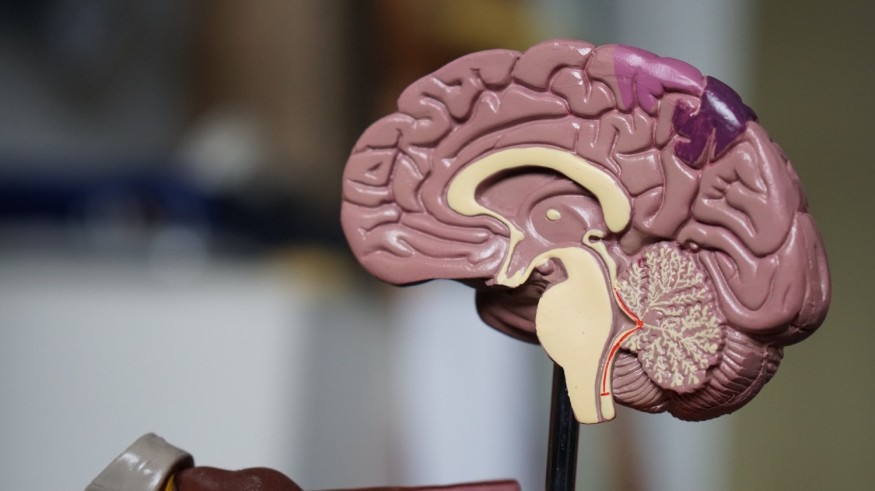
In a minute, an average of 100 people die somewhere in the world. Scientists say the time near this inevitable demise could be powered by something "amazing and mysterious" taking place in someone's head.
For years, scientists have been studying the brain processes of a human when it dies, and results suggest that brain death becomes irreversible in the human body. However, findings had been limited to what they can acquire due to the inability to easily monitor human death. Conventionally, physicians are obliged to prevent death if they can, not monitor it as it takes hold.
In a 2018 study, an international team of scientists made a breakthrough in understanding the processes involved in brain death using animal experiments, strengthened with data they can get on the account of resuscitated patients on their near-death experiences. This had shed light to how brain death becomes reversible in the human body.
'Brain tsunamis' may be stopped
Based on animal brain findings, the brain enters into and 'energy-saving mode' after 20 to 40 seconds without oxygen, becomes electrically inactive, and neurons cease to communicate with one another. The brain then begins to break down after a few minutes, and a wave of electrochemical energy - called a spreading depolarisation or 'brain tsunami' spreads throughout the cortex and other brain regions, ultimately causing irreversible brain damage.
However, according to lead scientists and neurologist Jens Dreier from Universitätsmedizin Berlin in Germany, this tsunami of brain death may actually be capable of being stopped.
"After circulatory arrest, spreading depolarisation marks the loss of stored electrochemical energy in brain cells and the onset of toxic processes that eventually lead to death," Dreier explained back then.
"Importantly, it is reversible - up to a point - when the circulation is restored."
Dreier monitored these processes taking place in nine patients with devastating brain injuries (under Do Not Resuscitate - Comfort Care orders).
Brain Tsunami in patients, not a one-way wave
Using neuro-monitoring technology called subdural electrode strips and intraparenchymal electrode arrays, the researchers found that spreading depolarisation in the patients' brains is not a one-way wave, thus it can be resumed to the brain as long as there is circulation and oxygen supply.
"Anoxia-triggered [spreading depolarisation] is fully reversible without any signs of cellular damage, if the oxidative substrate supply is re-established before the so-called commitment point, defined as the time when neurons start dying under persistent depolarisation," the authors explained in their paper.
"There are no direct implications for patient care today," Dreier said, pointing out more observations will be essential to understand what's really going on here. "Knowledge of the processes involved in spreading depolarisation is fundamental to the development of additional treatment strategies aimed at prolonging the survival of nerve cells when brain perfusion is disrupted."
The team finally suggests that their findings could one day be a life-saver for patients at risk of brain damage or other kinds of stroke like cerebral ischemia that can incur death, with a lot more work and discoveries.
© 2025 NatureWorldNews.com All rights reserved. Do not reproduce without permission.





